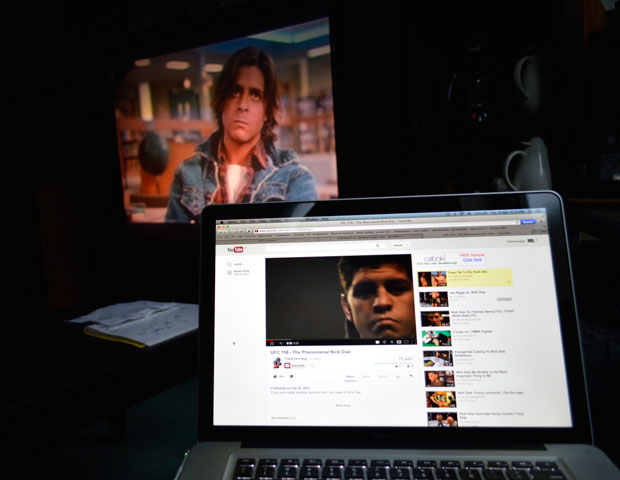A new documentary, followed by a feature film, bring the spotlight back to Mister Rogers. His legacy is worth rediscovering
By Gerry Chidiac
Columnist
EDMONTON – LIVING – Fred Rogers said, “Discovering the truth about ourselves is a lifetime’s work, but it’s worth the effort.”
Of course, Fred Rogers is best known as the star of the television program Mister Rogers’ Neighborhood. He was not only the main character, however, he was responsible for most of the content of a show that ran from 1966 through 2001. He thus had a profound impact on generations of children.
Who was Rogers and what did he stand for?
First, he was a person with a profound respect for children. He understood their emotions, saw their potential, and dedicated his life to serving children and their families.
Coming of age at a time when television was in its infancy, Rogers could see the possibilities for this new medium. Through the encouragement of others, he put himself forward as the face of what was to become one of the most influential programs on television.
In university and graduate school, Rogers studied music and composition, along with child development and theology. In addition to his work in television, he was an ordained Presbyterian minister.
Though many ridiculed Rogers’ gentle nature on the screen, if one looks a bit more deeply at his program it’s clear that he was not afraid to challenge social standards or to focus on serious issues with the children.
Soon after the program began airing nationally in 1968, Rogers directly addressed the Robert Kennedy assassination with the children. He did this again and again as national and international crises impacted the United States, including the attacks of Sept. 11, 2001. He acknowledged children’s fears and their need to feel safe. He also shared a lesson he had learned from his mother: “Always look for people who are trying to help. You’ll always find somebody who’s trying to help.”
Rogers also challenged racial stereotypes by choosing an African-American actor, Francois Clemmons, to play the role of the friendly police officer on Mister Rogers’ Neighborhood. In a 1969 episode, when segregation was very real across much of the United States, he and Rogers chatted as they shared a foot bath.
My favourite episode, which I stumbled on while channel surfing as a university student, involved Pittsburgh Steelers Hall of Fame receiver Lynn Swann. The football highlights, showing artistically and athletically thrilling catches, drew my attention. Then Rogers came on the screen. “You have to be very strong to be a professional football player. You have to be very strong to do something else Mr. Swan does. He’s a ballet dancer.”
From there, Rogers masterfully deconstructed every myth that there was anything unmasculine about dance or the performing arts, or that any child should hesitate to pursue his or her passions in life. While talking to Rogers, Swann took off his football uniform to reveal his leotards. He then performed a dance piece with a member of the Pittsburgh Ballet.
It is very clear that the world is again becoming aware of the tremendous contribution Fred Rogers made to the lives of millions of people in their formative years. In 2018, the critically-acclaimed documentary Won’t You Be My Neighbor? was released. And this year, Tom Hanks will star as Rogers in the film A Beautiful Day in the Neighborhood.
Perhaps the greatest way we can honour Rogers, who died in 2003, is to remember the lessons he taught us:
Each of us is tremendously gifted and worthy of love.
There’s a beautiful and amazing world for us to discover and learn about.
Finally, celebrate everyone we meet and together do our part in helping to make our world a better place.
Columnist Gerry Chidiac is an award-winning high school teacher specializing in languages, genocide studies and works with at-risk students.
© Troy Media
The views, opinions and positions expressed by all columnists and contributors are the author’s alone. They do not inherently or expressly reflect the views, opinions and/or positions of NetNewsLedger.







